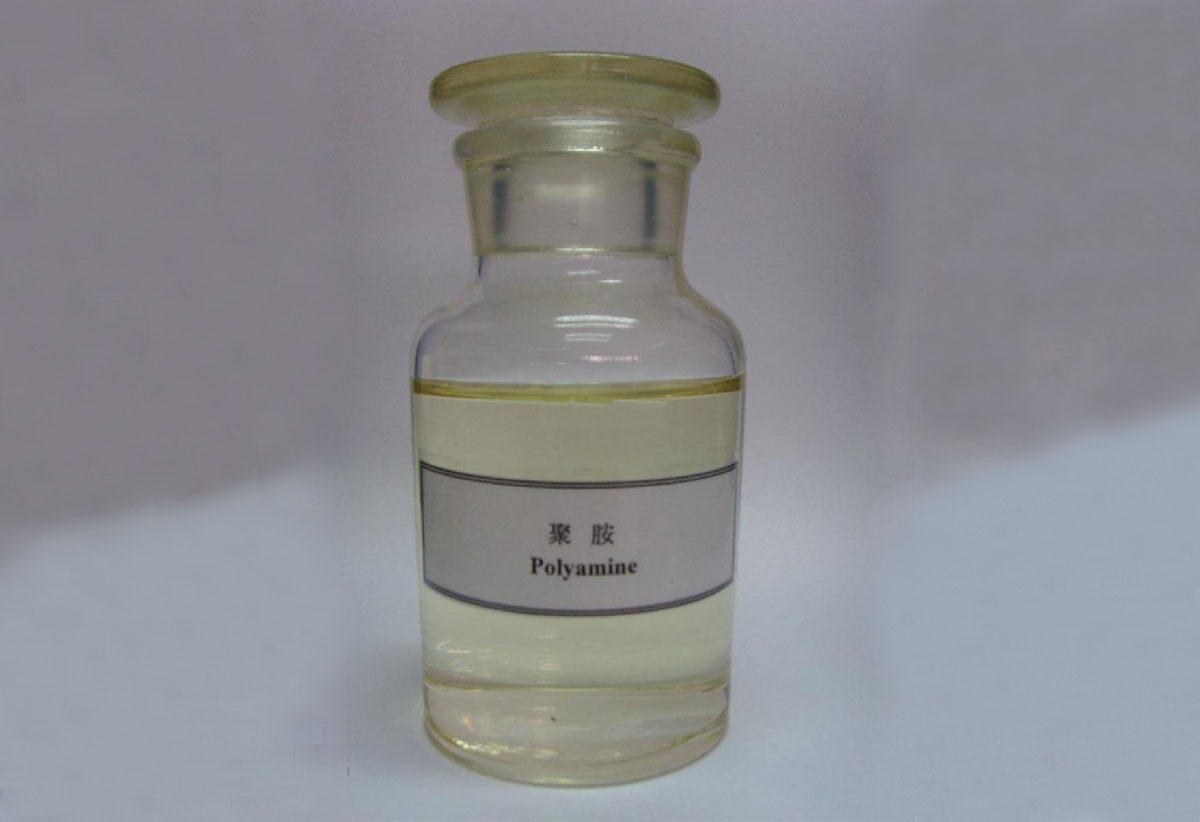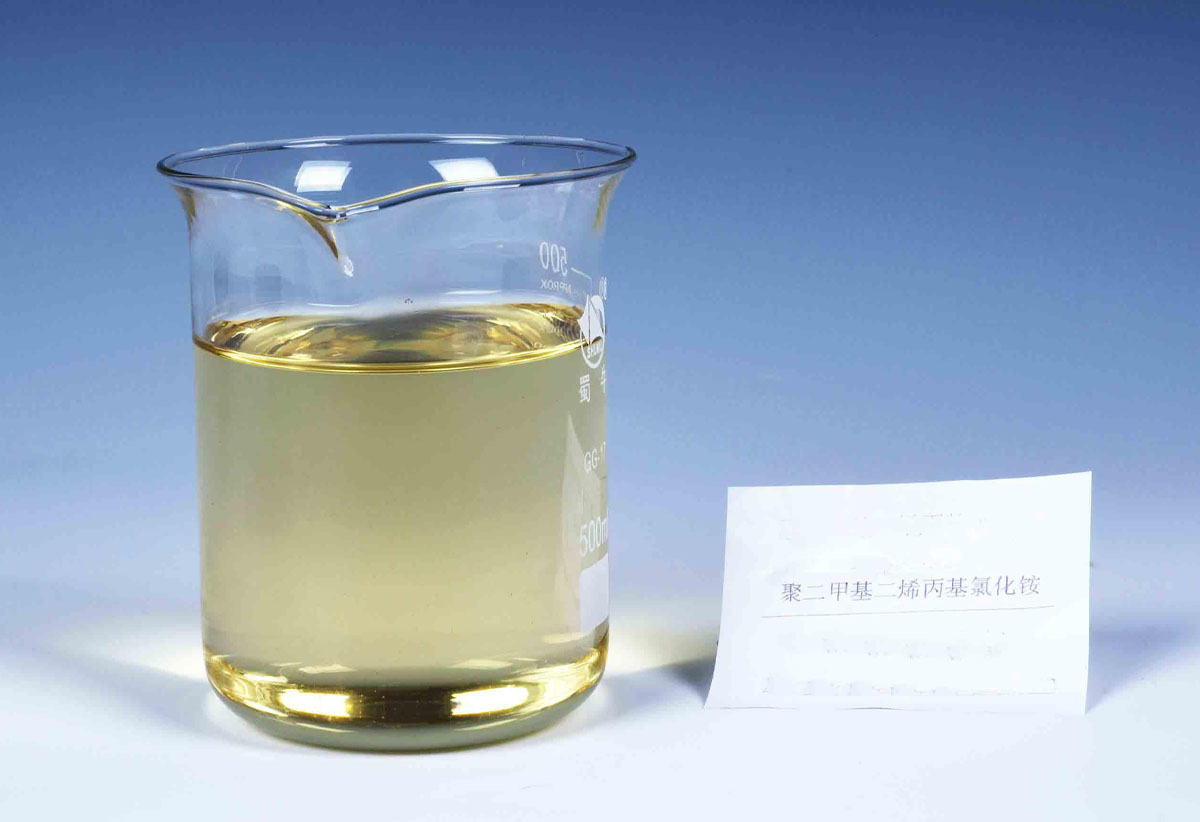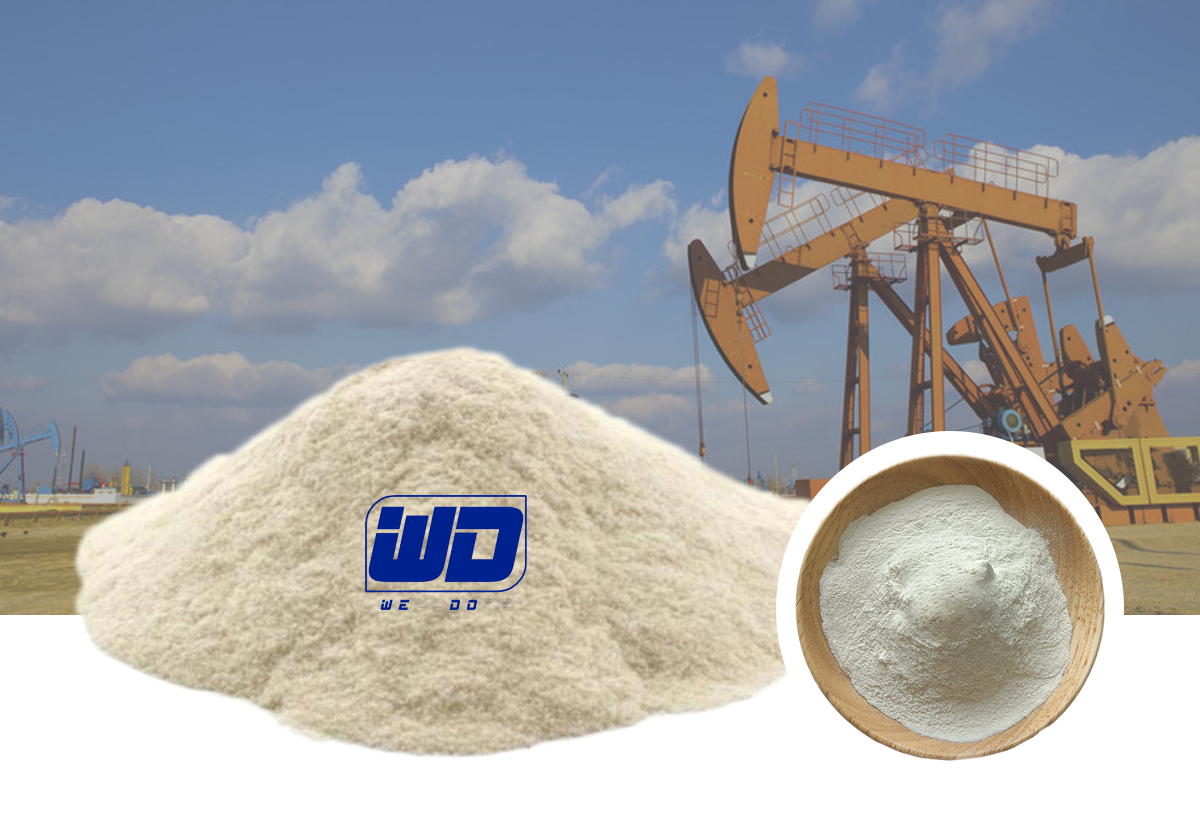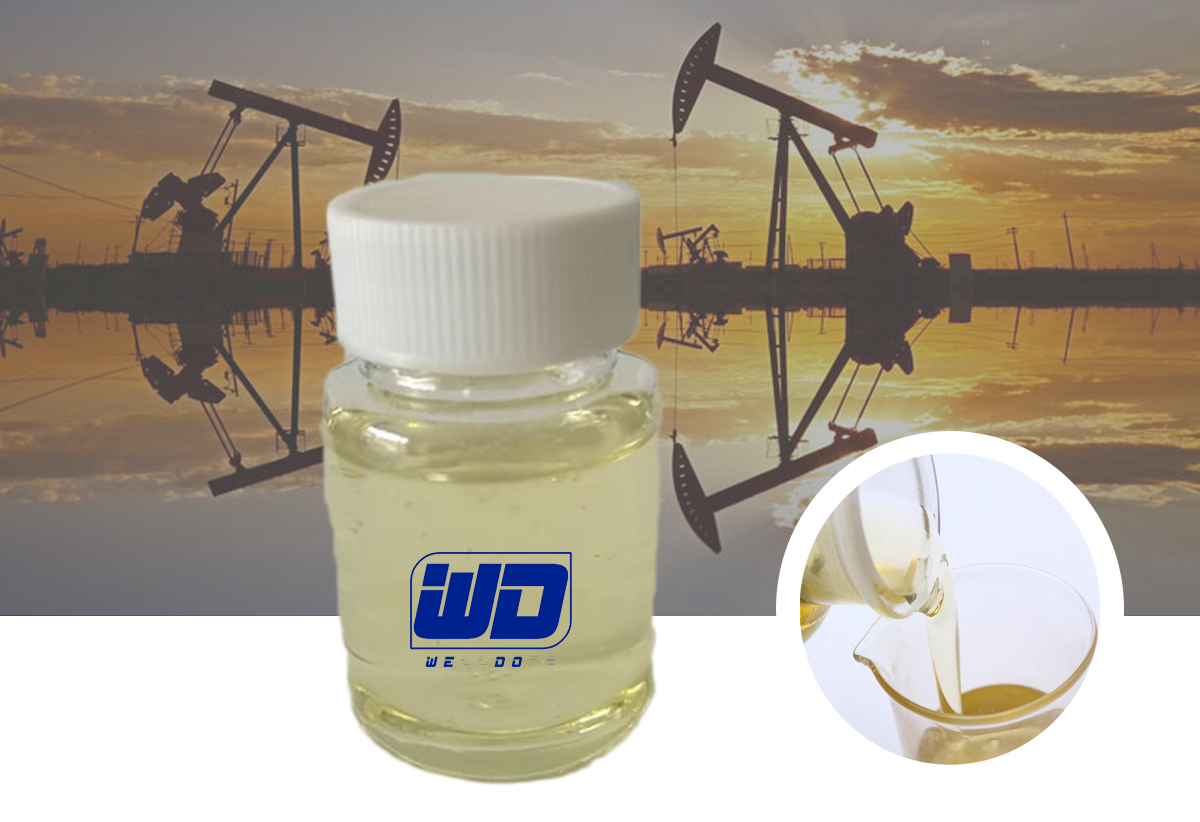Cationic polyacrylamide (CPAM)
Product Features
Cationic polyacrylamide (CPAM) appears as white powder with an ionicity ranging from 20% to 55%. It has good water solubility and can be dissolved in water at any proportion and is insoluble in organic solvents. It has the characteristics of high polymer electrolyte and is suitable for the treatment of negatively charged wastewater rich in organic matter. It is suitable for the treatment of wastewater with high organic colloid content in industries such as dyeing, papermaking, food, construction, metallurgy, mineral processing, coal powder, oil fields, aquatic product processing and fermentation, etc. It is especially suitable for urban sewage, urban sludge, papermaking sludge and other industries. Dewatering of sludge.
Cationic polyacrylamide (CPAM)
The main purpose
1) For sludge dehydration, the corresponding brand of this product can be selected according to the nature of the sludge. It can effectively dehydrate the sludge before entering the filter press. During dehydration, large flocs will be produced that will not stick to the filter cloth and will not stick to the filter cloth during the filter press. The mud cake is loose, the flow mud cake is thick, the dehydration efficiency is high, and the mud cake moisture content is below 80%.
2) It is used for the treatment of domestic sewage and organic wastewater. This product is electropositive in the compound or alkaline medium, so it can flocculate and settle the negatively charged sewage with suspended particles in the sewage, and is very effective in clarifying it. Such as the production of grain alcohol wastewater, papermaking wastewater, urban sewage treatment plant wastewater, beer wastewater, MSG plant wastewater, sugar wastewater, high organic content wastewater, feed wastewater, textile printing and dyeing wastewater, etc., use cationic polyacrylamide rather than anionic, The effect of non-ionic polyacrylamide or inorganic salts is several times or dozens of times higher, because this type of wastewater is generally negatively charged.
3) It is used as a flocculant for treating tap water with river water as the source. It has low dosage, good effect and low cost. Especially when used in combination with inorganic flocculants, the effect is better. It will become a tap water treatment system for the Yangtze River, Yellow River and other river basins. High-efficiency flocculant for the factory.
4) Reinforcing agents and other additives for papermaking.
5) Used as economical additives in oil fields, such as clay anti-swelling agent and thickening agent for oil field acidification.












